the sight of the REGENT BRAND may bring back memories to anyone around in the ‘60s. But now, after more than 30 years off the road, the familiar red and blue signage – which was phased out by Texaco in the late ‘60s – is making a comeback.
The brand was first seen in 1947. Initially jointly owned by the Regent Oil Company and Trinidad Leaseholds, Regent became part of Texaco in 1956 when the oil company purchased Trinidad. And in 1967 Texaco bought the Regent Oil Company, making it sole owner of the Regent brand. Shortly afterwards, Texaco started marketing Regent-branded sites under Texaco and Regent gradually disappeared from UK roads.
But in a recent u-turn, Texaco has resurrected the Regent brand, making it available to independent retailers through its network of equity distributors. Together, the four regional companies that make up Texaco’s group of wholly-owned equity distributors – Bates & Hunt based in Shrewsbury; OJ Williams in Barnstable, North Devon; Owen Fuels in Dyfed, Wales; and Team Flitwick in Hemel Hempstead, Herts – will offer independents in 80 per cent of England and Wales a “local service with national strength”.
The Texaco-branded equity distributor business, with its combined volume of one billion litres a year, supplies a total of 178 sites under four different brands – Texaco (of which there are 90 sites), Proteus, National and Team, plus some other retailer own-branded forecourts, in addition to a commercial business portfolio.
Andrew Cox, manager of equity distributor sales in Europe, explains why Texaco has brought Regent out of retirement: “There are three reasons why we have reintroduced Regent. When we acquired a BP distributor in the South West called Dominion Oils we acquired the rights to supply its retail sites, which were being supplied under the National brand. But that licence is now coming to an end so we needed another brand. Secondly, we wish to consolidate the non-Texaco brands under one umbrella. It makes sense for our equity distributors and for our independent retail partners to concentrate our efforts on the one brand other than Texaco, rather than the three or four we have now.”
The third reason, which Cox says is the main driver for the resurrection of Regent, is the growing opportunity to offer small rural sites a retail package that the majors – Texaco included – won’t supply. “Although the number of retail sites have declined by about 40 per cent from the beginning of the 90s to now, there is still a place for rural sites that have another source of income,” he says.
“For sites that have disappeared, fuel has played a large part of their business and they haven’t been able to survive on fuel alone. Sites that have survived generally have another form of income, whether it’s servicing, MOTs, or a convenience store.
“We saw an opportunity, we wanted to consolidate the brands we have under one umbrella, and there’s a role for distributors to play in terms of their local service driven ethos,” adds Cox. “We offer that flexibility of a smaller delivery vehicle. The proposition to the retailer is that local service, local contact, backed by a major oil company. It’s being able to tap into that local knowledge that’s the key. It’s being able to talk to someone who understands their business and market – not someone at the other end of the country.”
Cox explains why those smaller sites are no longer attractive to the majors. “The site has to fit the Texaco image, has to have the facilities that someone would expect from the Texaco brand, and for us there’s some economics involved as well – it needs to be of a certain volume so that we can get a return on the investment we’re going to make in terms of branding,” he says.
“Branding a site Texaco is more expensive than branding one Regent. That’s not to say it’s any worse or any better, it’s just the economics of it. The Regent package has been put together so that it’s cost effective for us and the smaller retailer.”
Retailers and the public may be surprised to see Regent back on Britain’s roads, but Cox says the brand was the best fit to fulfil Texaco’s aims. “The reason we’re reintroducing Regent is because we think it is a powerful brand, although it around a long time ago, but it’s a name that will still resonate with people. From our point of view, why try and develop something new when you already have something that has some history and heritage which you could bring up to date? It seemed a great vehicle to achieve the aims we wanted.”
To bring Regent into the 21st century, Texaco has modernised the brand image. “The main changes to the look of the Regent brand are around the lettering and we’ve put it on a classic pole sign – the pole sign in those days was called a lollipop,” says Cox. “It’s reasonably subtle – it’s trying to bring it into the 21st century without losing that heritage and recognition from some members of the public.”
Of the 178 sites that Texaco’s equity distributors supply under brands other than Texaco, the company is looking to move them to Regent as contracts come up for renewal.
For new business, Cox says there are no hard and fast rules around volume. “It’s more about whether the site is going to portray the right local community feel of the Regent brand,” he says. “We would judge each site on its own merits but we want to make sure they’ll be proud to display the Regent brand as we’re proud to give it to them.
“Volume would play a part because it’s got to be economical to deliver a certain load site, but the key criteria are that the sites are safe, meet current legislation and has the right customer service ethos.”
Marketing of the new-look brand will be done at a local level through one of the equity distributors’ 28 regional sales offices. “We will look to assist the retailer to market sites within their local communities,” says Cox. “It is very much community-type marketing, which is what the equity distributors do at the moment. We’re not planning to do a Regent promotion for all service stations, but what we are hoping to do is work with the retailer to promote Regent in their local community.”
Cox claims that the Regent package comprises a Platts-type deal, a competitive credit card package, quality fuel products and lubricants, which include the Texaco range plus a couple of new Regent products, and local marketing and support.
With seven sites already rebranded Regent, Texaco has ambitious plans for the next five years. Says Cox: “Through a combination of consolidating our existing brands and new business we would look to have around 150 Regent sites. Our sales team is on the ground actively seeking new business.”






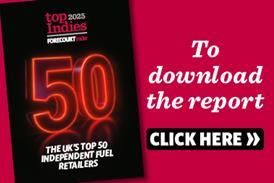





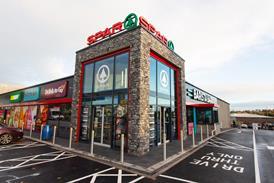
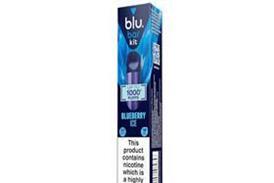
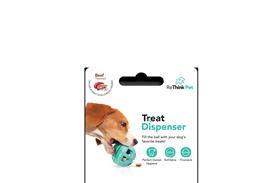
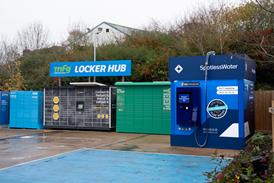
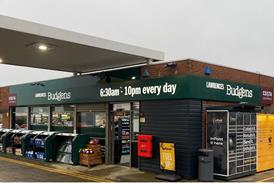


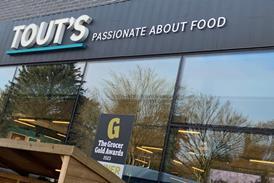


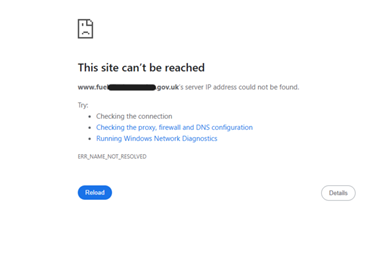
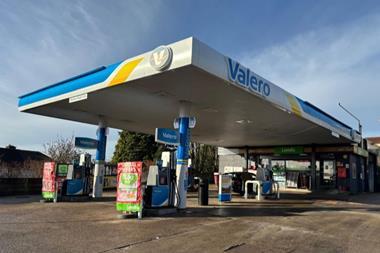
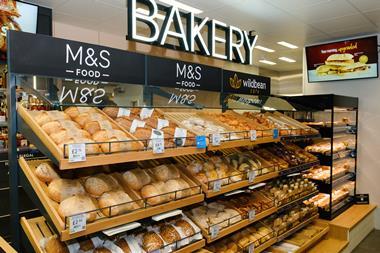

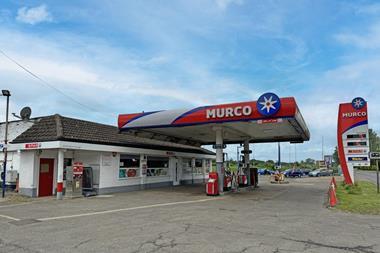
No comments yet